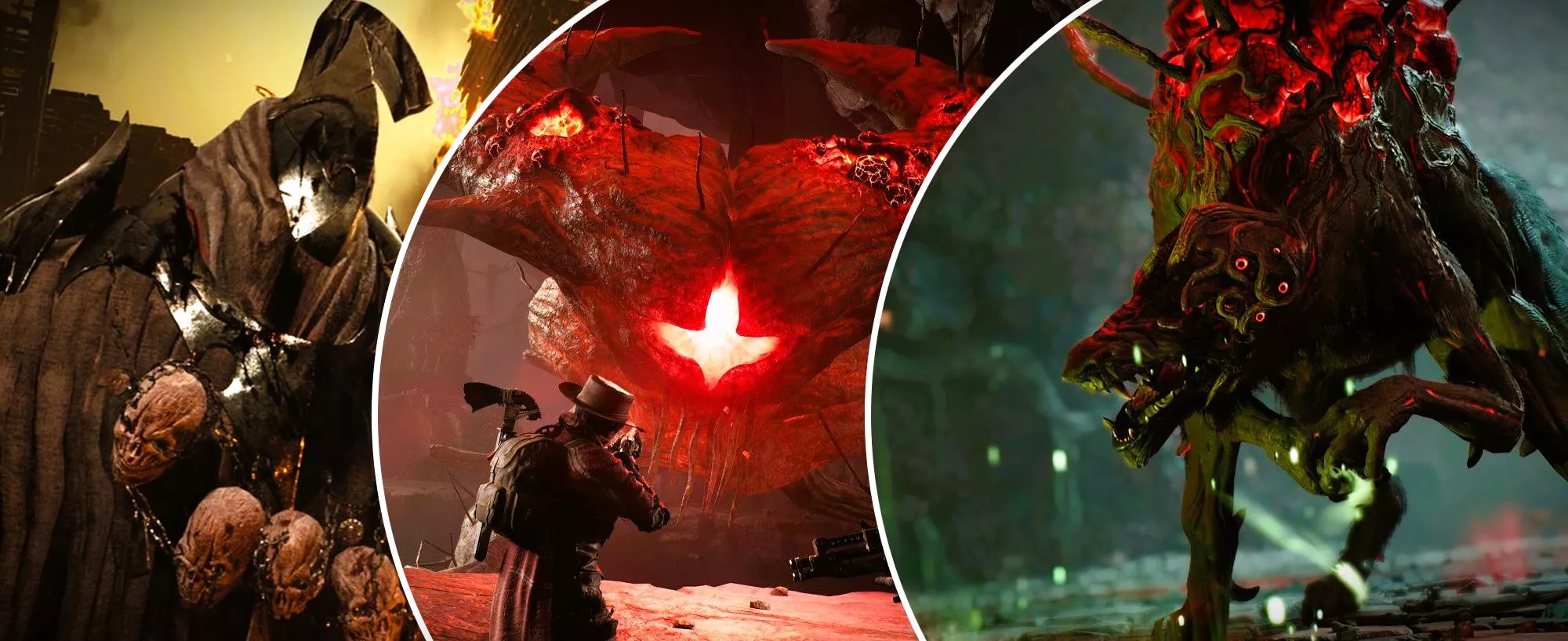Remnant: From the Ashes released in 2019 as an unexpected hit, but Gunfire Games saw the potential for growth and refinement in its best aspects to create something truly extraordinary. Labeled by its devoted fan base as “Dark Souls with guns,” the original Remnant skillfully blended Soulslike mechanics with third-person shooting and a procedurally generated twist. Now, in Remnant 2, the game delves deeper, expands further, and takes bolder strides with these elements, though at times, it stretches itself thin in pursuit of these new heights.
Right from the outset, Remnant 2 effectively addresses several weaknesses from its predecessor, such as enhancing class diversity and improving lackluster visual design. However, the sequel truly shines by cranking the procedural generation to the max, providing an immensely replayable experience where each playthrough feels unique. Returning fans will be delighted, and newcomers might be enticed, especially if they have friends to join them, despite a few minor issues.
The story of Remnant 2 picks up some time after the events of From the Ashes. The threat of the Root, which seemed to have been dealt with in the first game, is far from over. In fact, the Root now poses a menace that could annihilate reality itself. The responsibility falls upon the new protagonist, accompanied by an unusual companion named Clementine, to confront this existential threat. With higher stakes and a grander scale, Remnant 2 boasts a world and visual design that exudes an enthralling blend of strangeness and atmosphere. Each new area the main character explores showcases fantastical, gothic, or even alien landscapes, featuring a visual palette ranging from scenes reminiscent of H.R. Giger’s art to otherworldly labyrinths that blur the lines between reality and dreams. While the main narrative might occasionally take a backseat, the captivating level design ensures players remain deeply engaged in the unfolding journey.
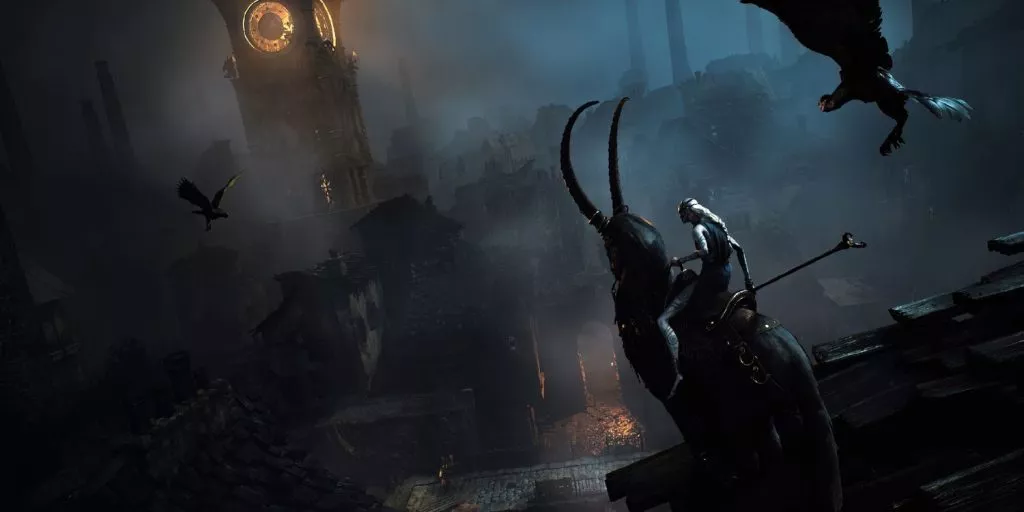
A prominent criticism of the first game centered on the absence of a robust class system. Remnant 1 had a strong foundation, but the lack of complexity in each class led to them feeling very similar. For the sequel, Gunfire Games decided to delve deeper into the RPG elements, introducing five specialized classes: the Medic, the Hunter, the Challenger, the Handler, and the Gunslinger. Each archetype boasts a unique playstyle with unlockable traits and abilities that cater to DPS, support, or healing roles. As the game progresses, players even gain the option to combine two classes. Throughout our playtime, we embarked on three different campaigns, employing the Challenger, Handler, and Gunslinger, and discovered that each approach to combat felt fundamentally distinct.
Our personal favorite, the Gunslinger, excels in dealing massive DPS with a thrilling ability that unleashes rapid revolver fire for devastating damage. It’s a highly satisfying move, and hitting the mark never gets old. Meanwhile, the Challenger is a visceral close combat powerhouse, dishing out significant damage at a slower pace using shotguns and a massive cleaver—a perfect choice for players who prefer to confront the Root head-on. On the other hand, the Handler seems to address feedback about the original Remnant’s lack of solo play balance. The Handler’s loyal dog companion can heal and revive the player and progressively unlocks additional support systems to bolster healing and defensive capabilities.
Furthermore, each character possesses a set of baseline and unique traits, which can be strengthened using Trait points to enhance health, stamina, and other essential attributes. The longer players stick with a particular archetype, the more abilities and traits they unlock for it. Although these classes don’t dive deeply into high-level theory crafting like Diablo‘s complex classes, they prove to be a perfect fit for Remnant 2’s focus on shooting, boss battles, and cooperative gameplay. The variety and depth of these classes, coupled with the exciting potential of the dual class system, make for a truly enjoyable and dynamic experience.
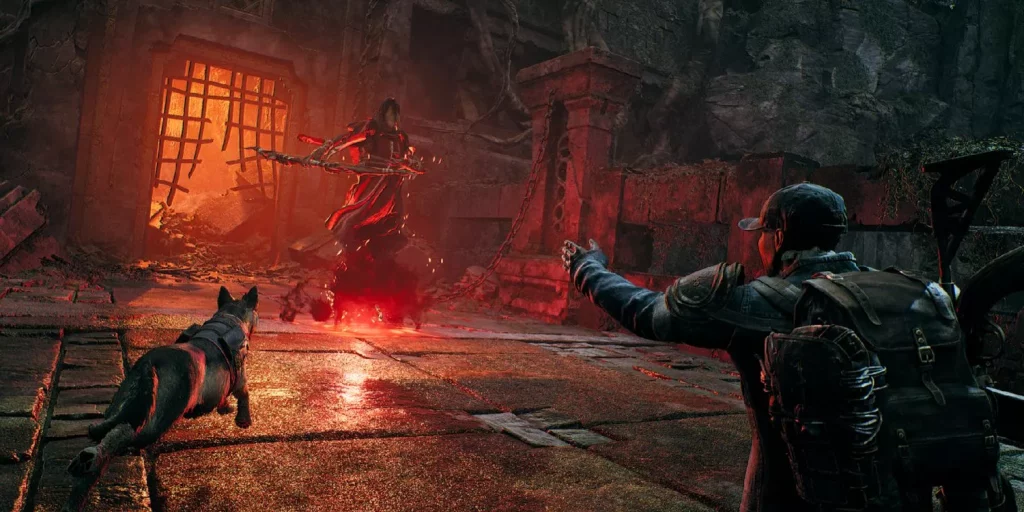
Gunfire Games promised to elevate the procedurally generated core of From the Ashes to new heights for Remnant 2. In the first game, procedural generation introduced varying dungeon layouts and different NPCs and bosses with each playthrough, offering some replay value. However, the sequel takes this concept to a whole new level, expanding the scope of procedural generation almost overwhelmingly. Now, not just the dungeons, but entire storylines, puzzles, bosses, levels, and critical paths can wildly differ from one player to another. It’s truly an impressive achievement by Gunfire Games, resulting in each playthrough feeling like an entirely different game.
Yet, with all the benefits of this procedural diversity comes a trade-off in terms of consistency. Remnant 2 can become bogged down by erratic shifts in difficulty and player expectations, both in combat and other aspects of the game. For instance, puzzles that are often as simple as connecting two dots may suddenly throw players a brain-teasing challenge without clear guidance on what the puzzle entails. Spending hours tackling straightforward puzzles and then encountering an unexpected, difficult puzzle disrupts the game’s pacing and can be quite jarring for players’ progression.
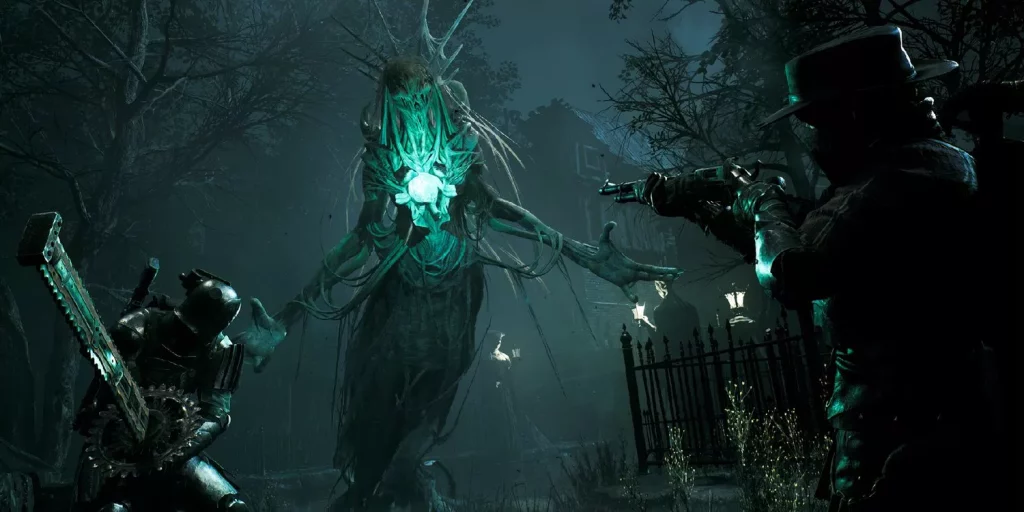
Moreover, there are noticeable odd difficulty spikes and a lack of refinement in crucial gameplay elements that contribute to a somewhat frustrating experience. Consequently, it becomes challenging to pinpoint a moment when Remnant 2 truly finds its groove, often feeling like it’s trying to do too much at once without seamlessly blending its inspirations. This struggle is particularly evident in the game’s boss fights.
While Remnant 2 has undoubtedly made strides in creating more spectacular and challenging battles compared to its predecessor, the bosses ultimately highlight the potential messiness of the “Dark Souls with guns” concept, struggling under the weight of their complexity. Many bosses unleash bullet-hell-like projectiles and spawn numerous overwhelming enemies, relying on swarming the player, which can be frustrating, especially when the core third-person shooting mechanics feel somewhat sluggish. It seems as though Remnant 2 was designed with the assumption that the player can move more nimbly than they actually can.
Essential aspects like knockdown recovery, dodge-rolling, ability usage, and employing the estus-like Dragon Heart all take an excruciatingly long time. Additionally, the issue of generous hitboxes often allows enemies to land a few cheap shots. These persistent issues create a stark contrast between experiencing a sense of pride when defeating a boss due to mastering the game and simply feeling relieved that the encounter is over after everything seemed to go wrong in an instant. The margin for error in Remnant 2 is remarkably slim, and the overall janky nature of the gameplay only adds to the frustration.
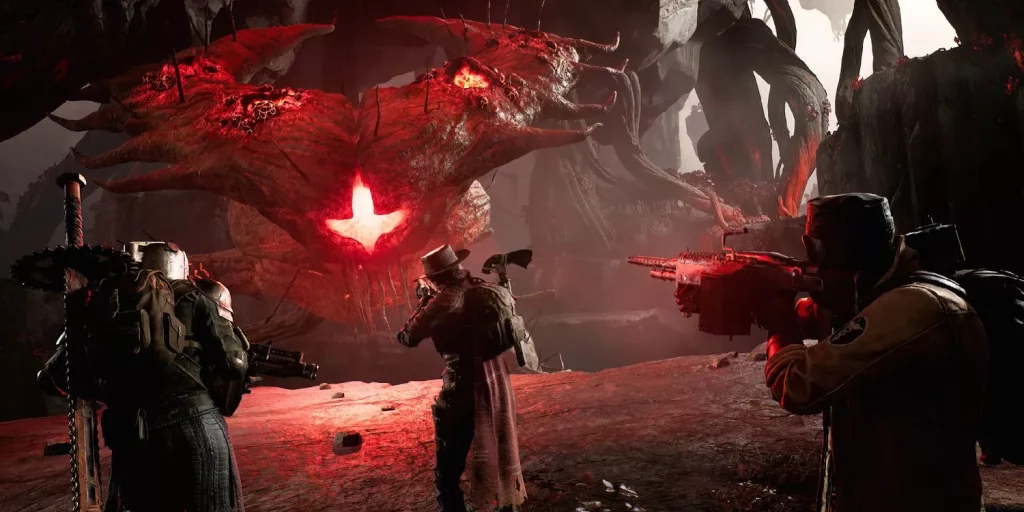
However, it’s important to note that most of these issues stem from Remnant 2 being primarily balanced for co-op play. When playing with others, many of the minor compounding problems are alleviated as someone can watch your back and synergize with your build. The new class system adds a great deal of replayability, but it also introduces a challenge for solo players, as there may be a weak spot in the build that is more easily compensated for when teaming up. While Remnant 2 still shines brightest in the company of friends, it’s disappointing that the solo mode requires some balance tuning before it can match the enjoyment of co-op.
Despite its flaws, Remnant 2 manages to hit more than it misses. The amalgamation of two distinct gaming styles may not be a seamless fusion, but it largely succeeds, and most importantly, Gunfire Games has expanded the foundation laid by the first game into something genuinely unique and intriguing. Remnant 2 may have some rough edges, but its captivating worlds, remarkable procedural generation system, and array of playstyles are enough to support a game that may not always feel as polished or intuitive as the inspirations it draws from.
